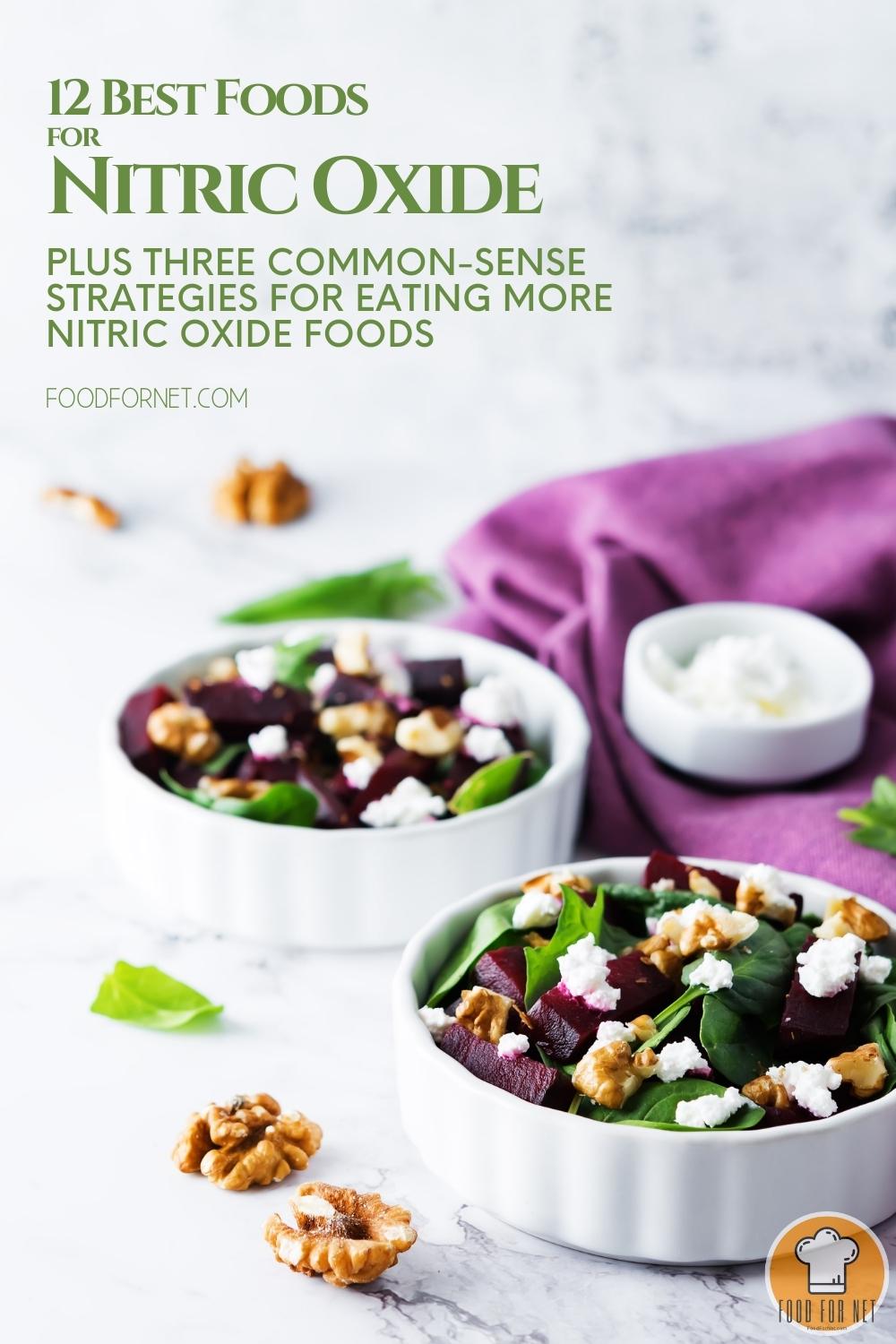
You know that eating plenty of vegetables is important, and you probably have your own list of reasons why. Vegetables contain fiber, water, vitamins, and minerals that support health—but some nutrients go beyond the basic answers. Nitric oxide is one of those, and there are many foods for nitric oxide that you’ll be familiar with.
Nitric oxide is a complex molecule that is produced in the body from natural nitrates found primarily in vegetables. Nitrates are often found in green leafy vegetables like spinach and root vegetables like beets. However, it’s not enough to just eat nitrate-rich foods. You also need to get enough of certain amino acids to be able to produce nitric oxide, and then you need antioxidants to protect it because it’s one of the longest molecules in the body.
It sounds like a lot of work, but nitric oxide is worth the effort. This molecule has the ability to open up blood vessels. This reduces blood pressure, and it has the added benefit of increasing blood flow. This can be vital for men’s sexual health, as well as improving overall health through decreased blood pressure.
If you’re curious about what to eat to increase nitric oxide, read through this list of the 12 best foods for nitric oxide. At the end of this list, I’ll share three common-sense strategies for eating more nitric oxide foods.
12 Fabulous Nitric Oxide Foods (With Pictures!)
Beets
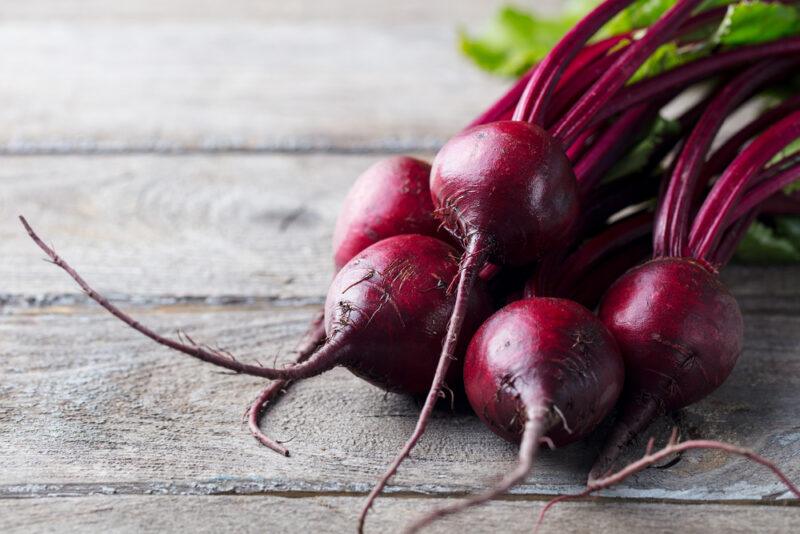
Beets are an often-overlooked power food, especially when it comes to detoxifying the body or providing precursors to nitric oxide. Beets are rich in nitrates, and people who eat beets or drink beet juice could receive associated health benefits such as lowered blood pressure and increased cognitive functioning.
Beets get their color from betalains, a type of pigment that has antioxidant and anti-inflammatory properties. The antioxidant effects are important for people seeking to increase their nitric oxide levels because nitric oxide is one of the longest molecules in the human body. Antioxidants help protect it.
Beets also contain a variety of minerals and vitamins that help keep the body functioning properly.
Spinach

Dark green, leafy vegetables such as spinach are rich in nitrates, which the body converts into nitric oxide. The level of nitrates differs across growing seasons and even across varieties of spinach, but it can be anywhere from 24 mg per 100-gram serving to 387 mg per 100-gram serving.
Besides nitrates, spinach is rich in fiber and several vitamins and minerals that promote health. A cup of raw spinach provides 16% of the daily recommendation for vitamin A, 9% for vitamin C, and 121% for vitamin K. Vitamin K is interesting because it helps keep the arteries clear, which could support the work of nitric oxide in lowering blood pressure. Spinach is also a good source of magnesium, potassium, calcium, and iron.
Berries
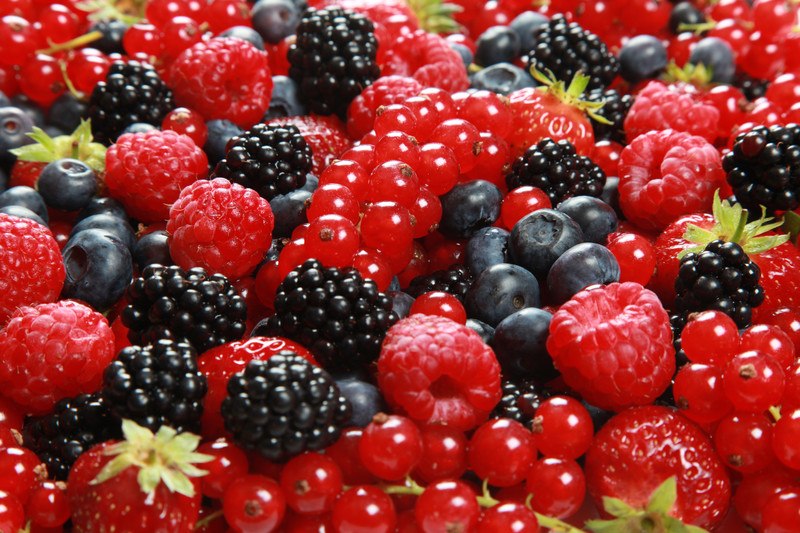
Berries are an excellent source of both antioxidants, which protect the nitric oxide molecule, and nitrates, which help form nitric oxide. One publication shows that the highest concentration of nitrates in fresh and frozen berries is found in strawberries. In dark berry jams, cherry jam is the richest in nitrates, but black and red currant jams have significant levels of nitrates, too.
The strong antioxidant effects berries provide could have something to do with the pigments that give them their color. These pigments, called anthocyanins, are potent antioxidants. Many berries are also rich in vitamin C, which also has antioxidant properties. For example, one cup of fresh strawberry halves provides 99% of the daily recommendation for vitamin C.
Garlic

Garlic is a superfood with many medicinal properties. Besides being an excellent spice for savory foods, garlic contains a lot of nitrates. One study indicates that taking garlic capsules can increase nitric oxide levels by 200%, while other research shows that eating aged garlic helps increase nitric oxide levels, too.
One interesting compound that garlic contains is quercetin. Quercetin contributes to the synthesis of nitric oxide. Quercetin also helps reduce inflammation in the body, supports heart health, and could slow aging.
Garlic also has antimicrobial properties and compounds that act as antioxidants, so it could help protect nitric oxide once it’s formed. These antioxidants include compounds such as allicin and allyl cysteine.
Carrots

Like beets, carrots are root vegetables that contain several vitamins, minerals, and other nutrients to support overall body health. A 100-gram serving of baby carrots contains 77% of the daily recommendation for vitamin A. Besides contributing to eye health, vitamin A has some antioxidant properties to help protect nitric oxide.
When it comes to nitrates, carrots contain 92-195 mg per 100-gram serving. Carrots are also a good source of B vitamins, vitamins C and K, and minerals such as potassium, manganese, and iron. Carrots contain some arginine, too. Arginine is an amino acid that helps convert nitrates to nitric oxide in the body.
Nuts
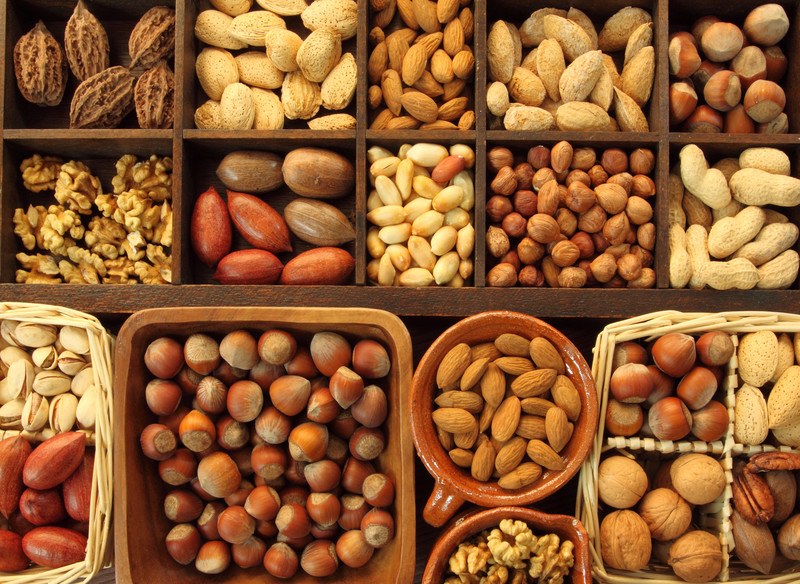
Nuts and seeds are rich in arginine, the amino acid that helps with the synthesis of nitric oxide. For example, a cup of English walnut halves provides 2.278 grams of arginine. A cup of pecans has around 1.28 grams of arginine. Brazil nuts, pistachios, almonds, and hazelnuts are also rich in arginine.
While arginine is important for the production of nitric oxide, nuts have other health benefits that can help with healthy blood flow and heart health. Some nuts, such as almonds, are associated with weight loss, a healthy heart, and lower cholesterol. Pecans have also been shown to lower cholesterol and blood pressure.
Celery
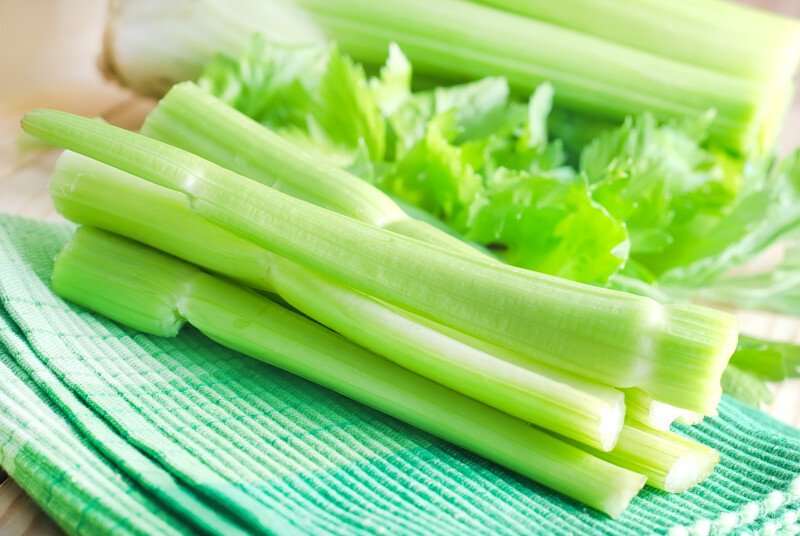
Celery is a good source of dietary nitrates, particularly sodium nitrate. This form of nitrate is the same form found in beets, and it’s converted to nitric oxide in the body.
Celery has several other health benefits, too. This vegetable is packed with fiber, which could ease digestion woes like constipation and help restore gut health. It also has an alkalizing effect on the body, so it helps normalize the Ph balance, and it contains compounds with antioxidant and anti-inflammatory properties.
Celery may also help lower blood sugar, cholesterol, and blood pressure, and it could help detoxify the liver. Some sources indicate that celery could also be useful for weight loss because it’s a high-fiber food with very few calories.
Dark Chocolate
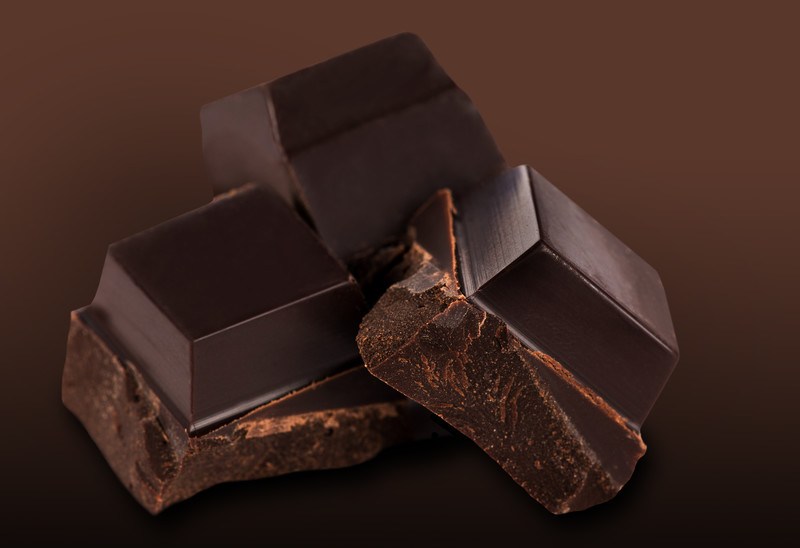
Dark chocolate is packed with compounds that have antioxidant properties. Some sources indicate that cocoa and dark chocolate have more antioxidant effects than dark berries, like blueberries. These strong antioxidants include flavonols and polyphenols.
Besides helping protect nitric oxide and body tissues from oxidation, the compounds in dark chocolate help reduce inflammation throughout the body. Dark chocolate is also associated with better heart health, reduced risk of insulin resistance, and lower blood sugar.
Some research indicates that the polyphenols in dark chocolate could aid in the production of nitric oxide, too.
Apple Cider Vinegar

Apple cider vinegar is known for a variety of health uses, particularly as a home remedy. Some sources indicate that it’s good for helping detox the liver. It’s associated with weight loss, lowered blood sugar levels, and increased heart health.
Apple cider vinegar is also great at increasing the amount of nitric oxide formed in the body. Taking apple cider vinegar boosts the production of an enzyme that helps convert nitrates into nitric oxide.
Apple cider vinegar can be diluted in water and taken as a refreshing cold drink or warm tea. Some people also mix it with olive oil for an easy salad dressing, while others take apple cider vinegar in tablet form.
Swiss Chard
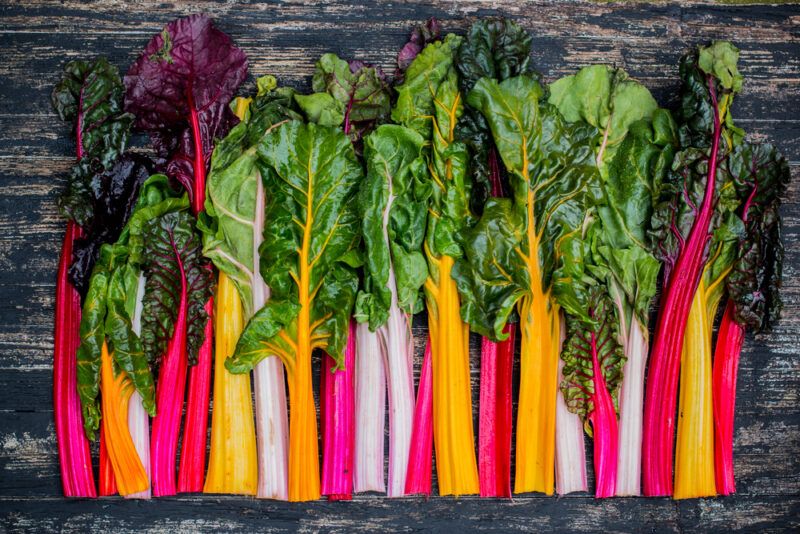
Like spinach, kale, kohlrabi, mustard greens, and other green leafy vegetables, Swiss chard is rich in natural nitrates. It provides 1,024.7 mg of nitrate per kilogram. Swiss chard also contains phenolic acids and other antioxidant compounds to help protect the nitric oxide molecule once it’s synthesized. One interesting thing about this vegetable is that it’s a type of beet, but it doesn’t produce an edible root.
Besides providing a nitric oxide boost, Swiss chard has other nutrients that contribute to overall body health. A cup of raw Swiss chard provides 12% of the daily recommendation for vitamin A, 12% for vitamin C, and 249% for vitamin K. It’s also rich in minerals such as magnesium, manganese, copper, and potassium.
Pumpkin Seeds

Pumpkin seeds are rich in nutrients that could provide a nitric oxide boost. They’re particularly high in arginine, the amino acid that helps produce nitric oxide. Because of this, pumpkin seeds have a good reputation for helping lower blood pressure and increasing blood flow.
Pumpkin seeds are also a good source of compounds that have antioxidant properties. These include vitamins C, E, and A.
Besides their ability to help increase nitric oxide, pumpkin seeds are rich in minerals. An ounce of shelled pumpkin seeds provides 39% of the daily recommendation for magnesium, 20% for zinc, and 48% for phosphorus. Pumpkin seeds are also a good source of potassium, selenium, and iron. Iron is important because it helps regulate the synthesis of nitric oxide. One ounce of pumpkin seeds provides 13% of the daily recommendation for iron.
Flax Seeds
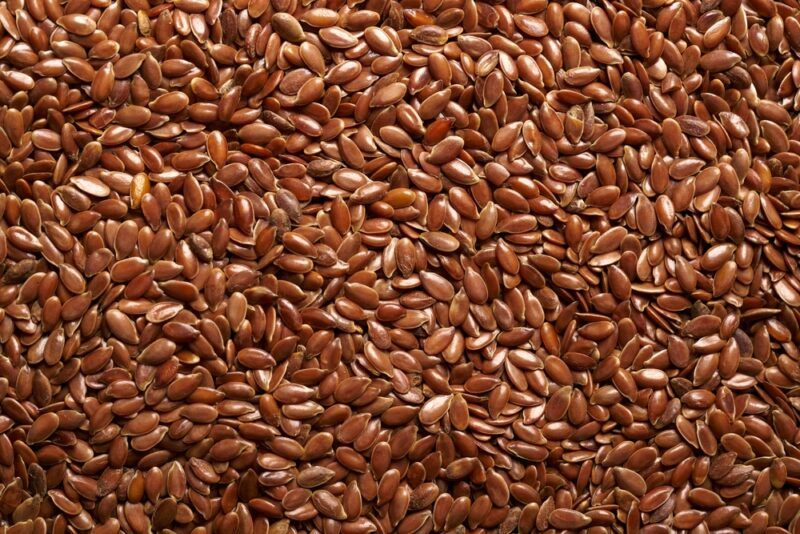
Like pumpkin seeds and nuts, flax seeds are rich in the amino acid arginine. Flax seeds also provide a significant amount of glutamine, another amino acid that could help synthesize nitric oxide. These two amino acids are sometimes sold as part of a supplement that also contains nitric oxide in powder form.
Flax seeds are also rich in omega-3 fatty acids, which help reduce inflammation, reduce the risk of cancer, support heart health, and provide some antioxidant effects. These seeds also contain other antioxidant compounds, such as lignans, ferulic acid, and p-coumaric acid. These antioxidants help protect the nitric oxide molecule, as well as body tissues.
Beyond nitric oxide, flax seeds have several health benefits. The compounds in them help reduce blood lipids, and they could improve the condition of skin and hair. Flax seeds also provide fiber, which improves the gut microbiome.
Three Common-Sense Strategies For Eating More Nitric Oxide Foods
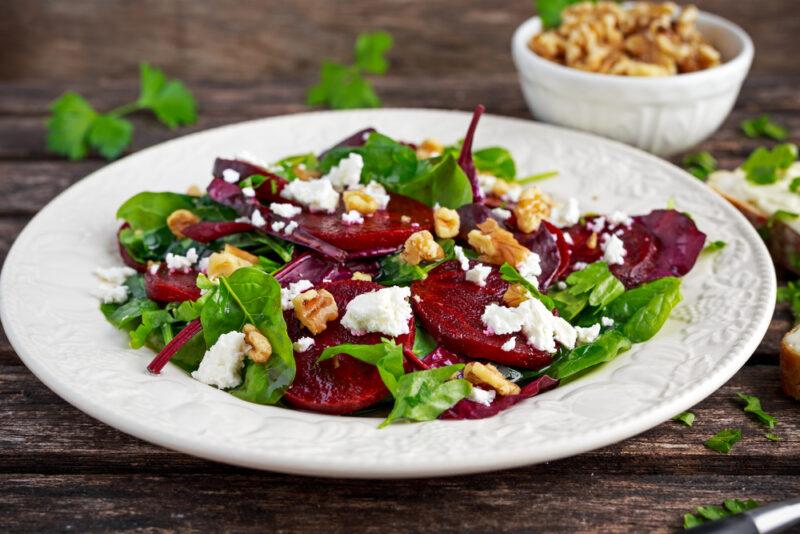
Now that you’ve read through the list of the 12 best foods for nitric oxide, let’s make things even simpler for you. There are a few easy-to-use strategies that support natural, healthy nitric oxide boosts in your body.
Strategy #1: Focus On Vegetables
Some fruits contain natural nitrates, but most natural nitrates are found in fresh vegetables. Beets are one of the best sources of natural nitrates, but they’re also abundant in green, leafy vegetables and stalk-type vegetables.
Strategy #2: Chew Your Food
The process of creating nitric oxide begins with breaking the natural nitrates found in vegetables down into a useable form. As you eat, aim to chew your food 25-30 times in order to mix it with saliva, which helps prepare it for nitric oxide synthesis.
Strategy #3: Eat Dark, Colorful Foods
As you plan meals, focus on richly colored foods such as beets, dark berries, chocolate, and dark greens. The pigments and other compounds in these foods help provide antioxidants to protect nitric oxide once it’s been produced.



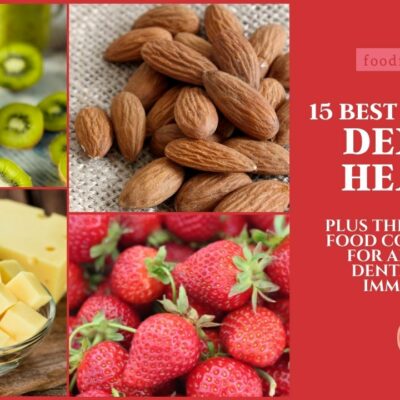

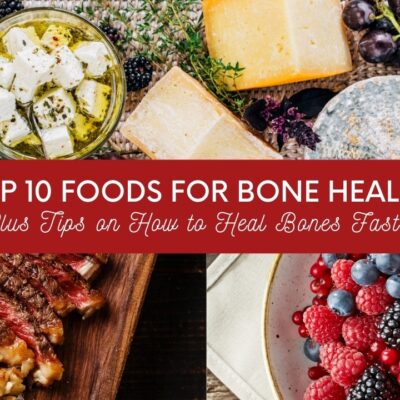


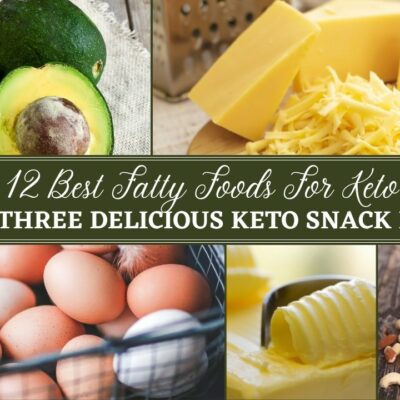





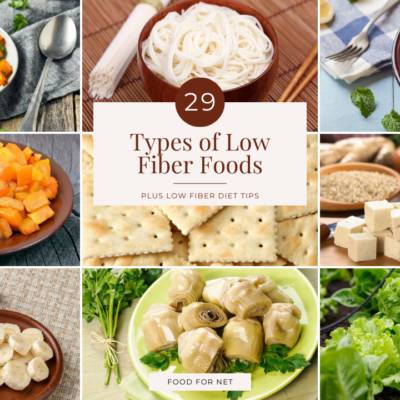
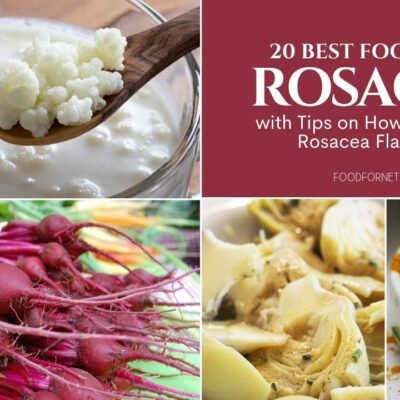

 Is Distilled Water Good For You?
Is Distilled Water Good For You?
Leave a Reply